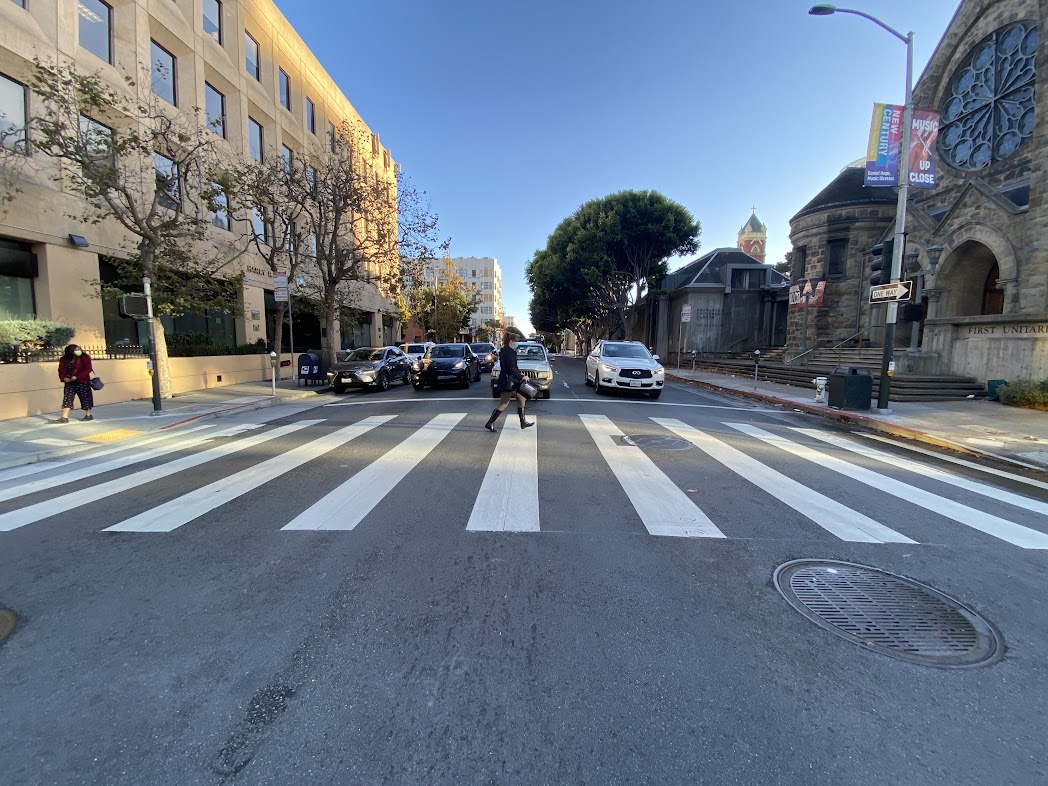Our report yesterday on transportation financing may have left you with a few more questions. We started with a look at TIFIA, which provides credit assistance for infrastructure projects. Many observers see the program as limited by its position inside the DOT and its opaque decision-making process.
But what about a National Infrastructure Bank, you ask? Transportation reformers are pushing -- along with President Obama -- for one to be established. Would such a bank be a more effective way to finance infrastructure projects than the TIFIA program? And would it lead the country to build better, more sustainable transportation systems?
Unburying Infrastructure Financing
In his testimony before Congress in May, Robert Puentes of the Brookings Institution's Metropolitan Policy Program said a National Infrastructure Bank would lead to:
- A better selection process with fewer federal dollars going to wasteful projects
- More accountability for funding recipients
- A focus on maintenance and fix-it-first for highway projects
- Better delivery of infrastructure projects
But when asked why the choice of financing mechanism has an impact on outcomes, he admitted that, mainly, “it matters because of the ability to move the stupid bill through.”
He also said two factors would help a National Infrastructure Bank achieve better outcomes.
First, Puentes says a NIB should be independent, instead of being “buried” within the DOT. He recommends a semi-autonomous structure like the Tennessee Valley Authority or the Export-Import Bank.
Second, it should be more transparent, combining the development policy goals of the federal government with the focus on good investment returns of a bank.
Return on Investment
A singular focus on a high rate of return, however, could weaken the impact of a National Infrastructure Bank. Rep. Rosa DeLauro (D-CT) has advocated for a NIB with grantmaking authority to cover projects that won’t necessarily make sufficient revenue to be able to pay down a loan.
A proposal, not yet released but expected to be introduced in Congress next year, would establish a bank with no grantmaking authority, removing one of the best aspects of a potential bank.
“Not every project of regional and national significance is going to generate a return that justifies a financially rational loan for the bank to make,” says Scott Thomasson, an expert in infrastructure finance from the Progressive Policy Institute. “There are projects that are worth doing as a nation where the benefits aren’t going to be repaid financially. They’re going to be enjoyed in other forms” like improving public health, easing traffic congestion, or reducing emissions.
Thomasson worries that a narrowly structured bank, following a traditional bank model, won’t address compelling projects that can't capture user fees or other financing streams.
Another negative of the current NIB proposal is that returns on the investments go back into the general fund and need to be re-appropriated by Congress each year, making it subject to Congressional whims. But the proposal in the works for next year, however, corrects this problem. It proposes a system more like a traditional bank – or the highway trust fund – where returns go back directly to the bank.
One for Good Luck
Which brings us to one last solution out there for infrastructure financing: strengthening the highway trust fund. This is the proposal of Mark Reutter, former editor of Railroad History and author of the book Making Steel. Reutter is a fellow at the Progressive Policy Institute, but even co-worker Thomasson says the idea “doesn’t have a lot of political legs to it.”
After all, the principal way to strengthen the trust fund is to raise the gas tax or impose a fee on vehicle miles traveled – and we’ve seen where those proposals have gone in this political climate.






